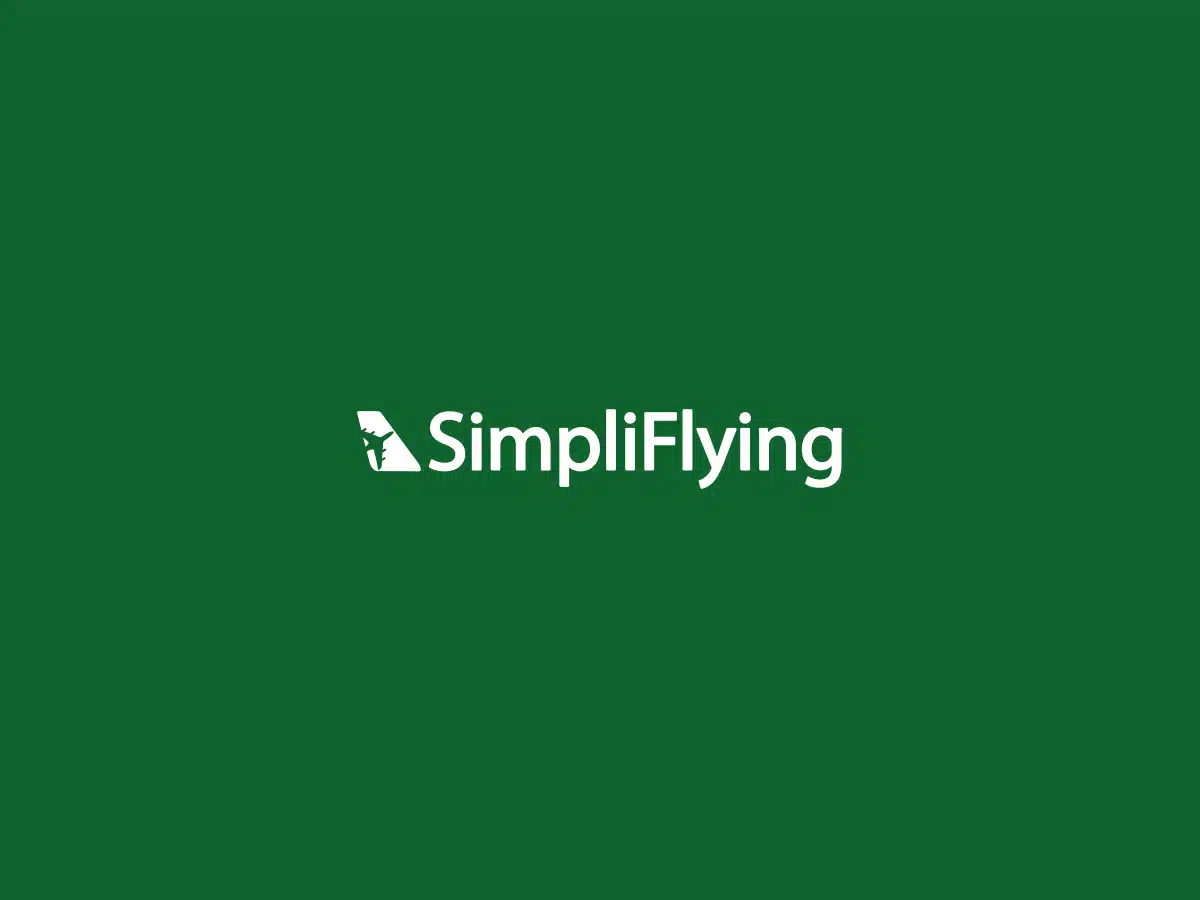- Image via Wikipedia
In my recent webinar on airline branding, I used the examples of JetBlue Airways to demonstrate how an airline can successfully adopt a holistic Web 2.0 branding strategy. A number of webinar participants wanted to learn more about it, so I got to the heart of the matter.
So that you could hear it from the horse’s mouth, I got in touch with Morgan Johnston, who leads the Twitter initiative at JetBlue Corporate Communications. This is the same Morgan who famously started “following” the popular blogger Jonathan Fields, who got freaked out and wrote a story about it.
Here is an email interview with Morgan, regarding JetBlue’s digital branding strategy and a good behind-the-scenes look at how JetBlue does it.
SimpliFlying: Who’s the driving force behind the technology initiatives at JetBlue, and how big is the team?
Morgan: Responsibility for our online initiatives span many groups, from our brand, sales, or web teams, to corporate communications, or customer service. We each have different requirements and ideas that we bring forward to create an overall strategy. Our eBay sale, for instance, was brought up by someone on our sales team, while our Twitter presence was an idea I worked on. It’s easy to get tied into one goal and one drive for an online presence. Having the checks and balances of multiple departments, and outlooks keeps us moving forward in sync and broadly distributed.
SimpliFlying: What does JetBlue see as the biggest merit of using new technologies?
Morgan: Certainly there are a number of advantages in engaging online. We’re a company founded on the idea of innovation. We were the first airline to provide live DirectTV and XM radio to every seat, we pioneered the idea of electronic ticketing, and last year we were the first US carrier to have free wireless email and messaging connectivity with BetaBlue.
Bringing that same innovation to our online activities is a natural progression for us, and our customers respond favorably to that tech-forward thinking. The more we can do to engage with our customers online with the same dedication our Crewmembers engage with them when they travel, the better we can understand the desires of our customers, and work to provide them with a level of service they’ve come to expect.
SimpliFlying: How is it decided which technology is to be used for which purpose?
Morgan: Ultimately, we look to the community for the best use of the tools. When we first launched our Twitter account, we went through several iterations of our ‘voice’ there. A standard marketing voice announcing new routes or fare sales just didn’t work in that environment of hyper-transparency and conversation. When we opened ourselves up to the group and asked quite plainly, what THEY would like to see from us in that space, the response was overwhelming. Twitter is made for conversation, and informing, not pitching or promoting. In any of these online spaces, the informal ‘rules’ of the community may seem counter-intuitive to the promise of the tool, but those rules are what dictate the dynamic. It’s important to work within those boundaries.
SimpliFlying: What are the challenges in “selling” new initiatives internally, given most senior people tend to be averse to such experiments?
Morgan: Leadership at JetBlue has always been open, and encouraging of innovation. When I first moved to the corporate communications team in February of 2007, my very first suggestion was to have our founder and then CEO David Neeleman address our customers directly via YouTube in the wake of a massive ice-storm that hit the Northeast. I shouldn’t have been at all surprised at how readily everyone all the way up to David himself agreed that this was an idea worth exploring – even when it came from ‘the new guy.’
SimpliFlying: How much can you “control” the brand, in the new world of consumer generated media?
Morgan: Can you control your brand in the new world of consumer generated media? I think the best way to positively affect the perception of your brand, is to make sure your product is top notch. To that, our Crewmembers on our planes, and in the stations are our front lines in a number of ways. Augmenting that by making ourselves available to customers in places they are comfortable means a great deal to them, and to us. We’ve always relied on word of mouth to spread our brand. Online tools just further enable that existing drive.
SimpliFlying: First a CEO blog, then Live blogging, then Twitter, Flickr, eBay….what’s next? Online communities like Facebook?
Morgan: We won’t join a community in any ‘official capacity’ simply because it exists. The responsibility to maintain the relationships built in online communities is too great and the tendency could easily become one of, set-up a presence and let it go, hoping a community will spring up around the straw man.
We’ll certainly continue to monitor all the spaces we can, and will work to engage with individuals when we see an opportunity. But we’ll continue to look at communities on a case by case basis to understand the degree we should or could be involved.
So, what did you think of JetBlue’s digital branding strategy? Is it something easily duplicatable in other airlines? What are some other things JetBlue can do to engage its customers online? Let’s discuss.


![Reblog this post [with Zemanta]](http://img.zemanta.com/reblog_c.png?x-id=0f198758-370d-4af9-84f5-380b3a551ae0)